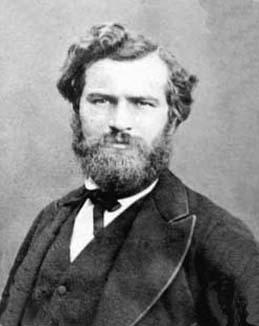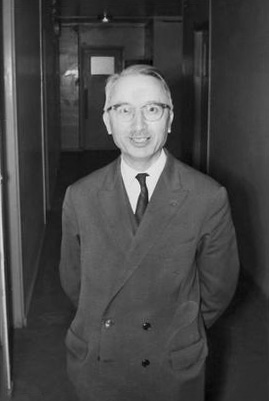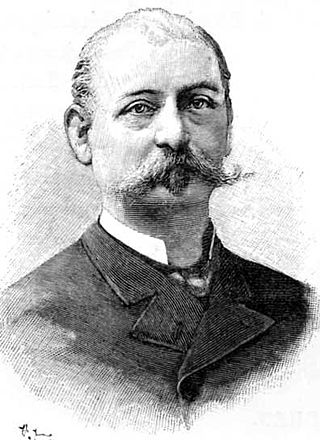Exploration
- June 22 – Adolf Erik Nordenskiöld sets out on the year-long first navigation of the Northern Sea Route, the shipping lane from the Atlantic Ocean to the Pacific Ocean along the Siberian coast.

| |||
|---|---|---|---|
| +... |
| 1878 in science |
|---|
| Fields |
| Technology |
| Social sciences |
| Paleontology |
| Extraterrestrial environment |
| Terrestrial environment |
| Other/related |
The year 1878 in science and technology involved many significant events, listed below.

The year 1900 in science and technology involved some significant events, listed below.
The year 1913 in science and technology involved some significant events, listed below.

Marie Ennemond Camille Jordan was a French mathematician, known both for his foundational work in group theory and for his influential Cours d'analyse.

Henri Paul Cartan was a French mathematician who made substantial contributions to algebraic topology.
The year 1851 in science and technology involved some significant events, listed below.
The year 1886 in science and technology involved some significant events, listed below.
The year 1880 in science and technology included many events, some of which are listed here.

Jacques-Louis Soret was a Swiss chemist and spectroscopist. He studied both spectroscopy and electrolysis.

Georges-Henri Halphen was a French mathematician. He was known for his work in geometry, particularly in enumerative geometry and the singularity theory of algebraic curves, in algebraic geometry. He also worked on invariant theory and projective differential geometry.

Holmium(III) oxide, or holmium oxide is a chemical compound of a rare-earth element holmium and oxygen with the formula Ho2O3. Together with dysprosium(III) oxide (Dy2O3), holmium oxide is one of the most powerfully paramagnetic substances known. The oxide, also called holmia, occurs as a component of the related erbium oxide mineral called erbia. Typically, the oxides of the trivalent lanthanides coexist in nature, and separation of these components requires specialized methods. Holmium oxide is used in making specialty colored glasses. Glass containing holmium oxide and holmium oxide solutions have a series of sharp optical absorption peaks in the visible spectral range. They are therefore traditionally used as a convenient calibration standard for optical spectrophotometers.
In spectroscopy, a Soret peak or Soret band is an intense peak in the blue wavelength region of the visible spectrum. The peak is named after its discoverer, Jacques-Louis Soret. The term is commonly used in absorption spectroscopy, corresponding to a wavelength of maximum absorption ranging around 400 nm in the blue region.

Gustave Choquet was a French mathematician.
Georges Julien Giraud was a French mathematician, working in potential theory, partial differential equations, singular integrals and singular integral equations: he is mainly known for his solution of the regular oblique derivative problem and also for his extension to n–dimensional singular integral equations of the concept of symbol of a singular integral, previously introduced by Solomon Mikhlin.

The Valz Prize(Prix Valz) was awarded by the French Academy of Sciences, from 1877 through 1970, to honor advances in astronomy.
Léon César Autonne was a French engineer and mathematician, specializing in algebraic geometry, differential equations, and linear algebra.
Étienne Halphen was a French mathematician. He was known for his work in geometry, on probability distributions and information theory.
Paul Becquerel was a French biologist who studied seeds, their metabolism, and viability. He was a nephew of the physicist Henri Becquerel and taught at the Faculty of Sciences in Nancy and at the University of Poitiers.
Jan-Erik Ingvar Roos was a Swedish mathematician whose research interests were in abelian category theory, homological algebra, and related areas.
Louis Philibert Claude James Chappuis was a French chemist and physicist.
Jeanne Ferrier was a French physicist. She was a pioneer in the field of radiotherapy.